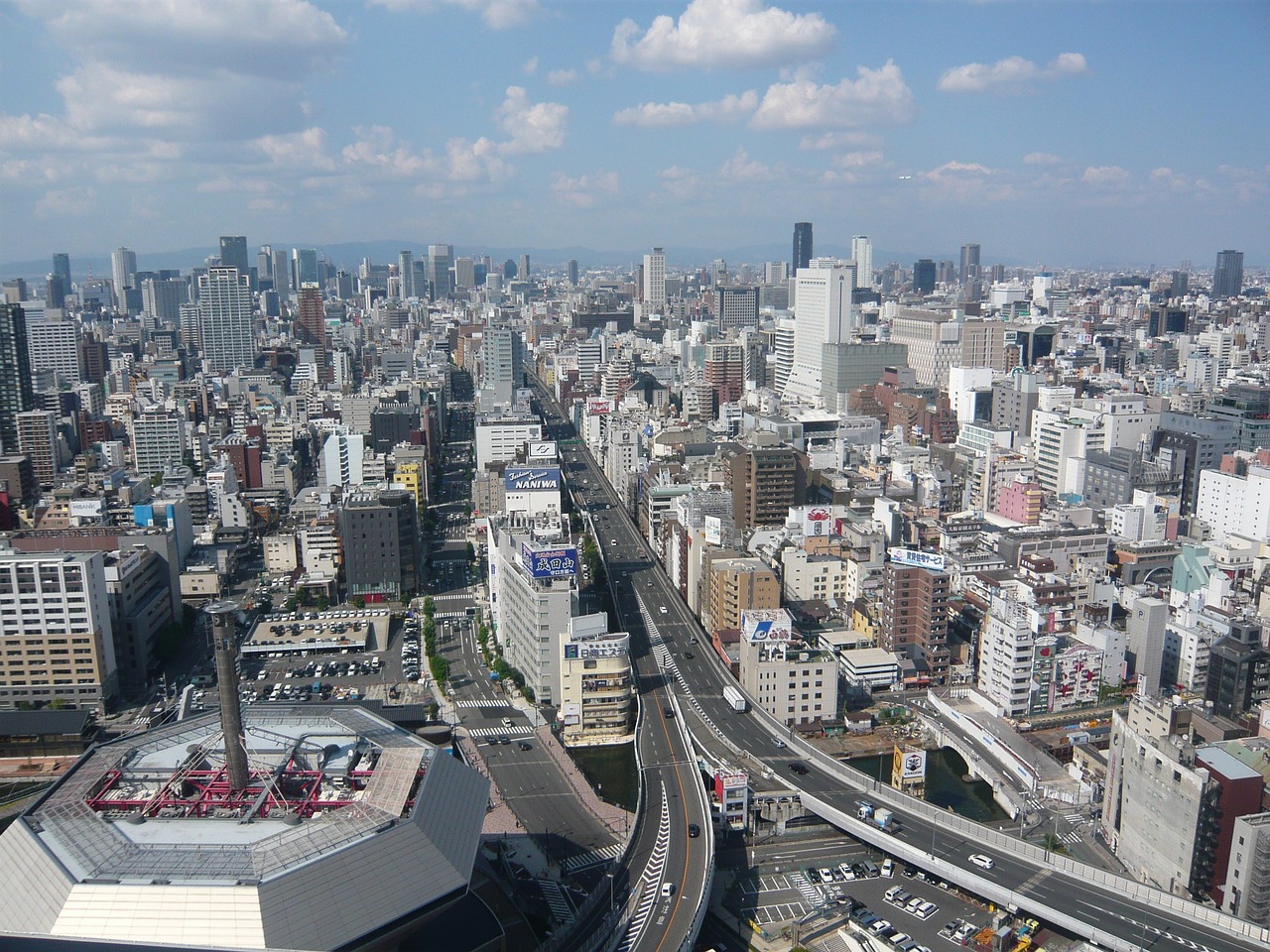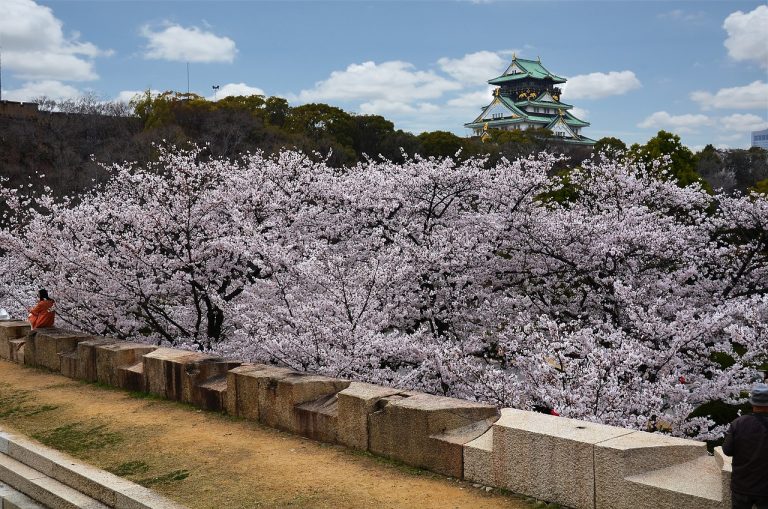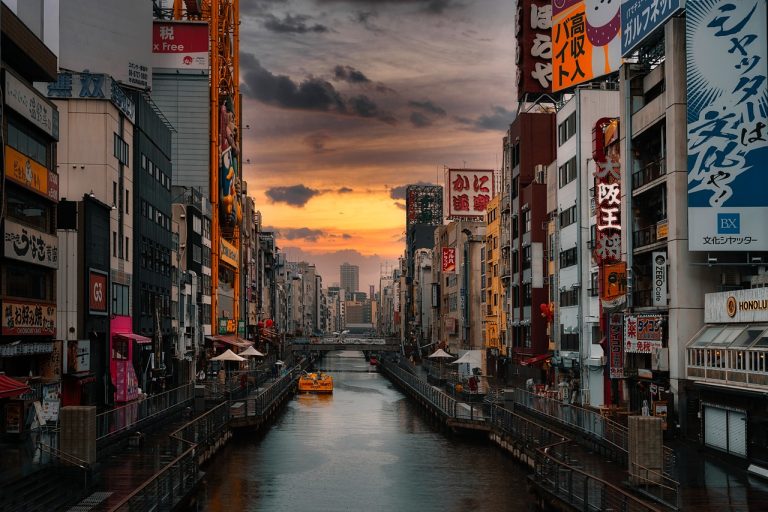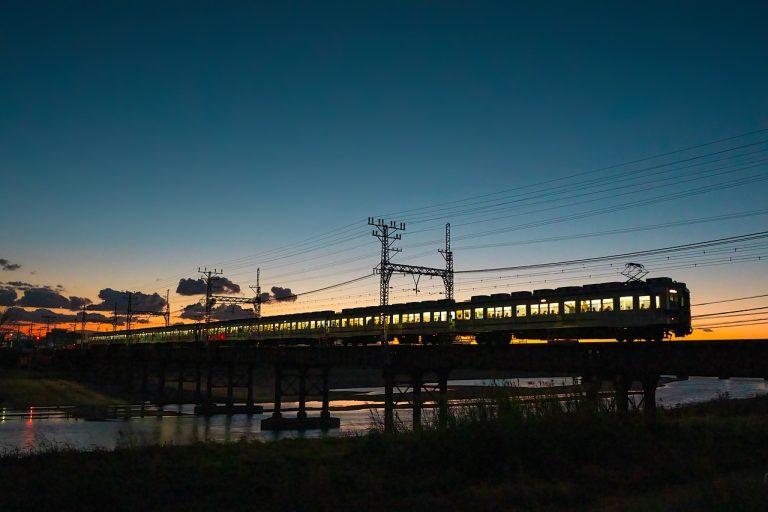Osaka Japan Video
Public Transportation in Osaka Japan: A Complete Guide
Osaka, Japan’s third-largest city, is known for its vibrant culture, delicious street food, and modern architecture. Navigating the city can be a breeze with its efficient and extensive public transportation system. In this guide, we will explore the various modes of public transportation in Osaka, including trains, buses, and subways, and provide you with all the information you need to make your way around the city easily.
Trains
Trains are the backbone of Osaka’s public transportation system, offering a convenient and reliable way to travel within the city and beyond. The two major train operators in Osaka are Japan Railways (JR) and the Osaka Metro. Here are some key points to know about trains in Osaka:
- Extensive Network: Osaka has an extensive train network that connects all major neighborhoods and attractions within the city. The network also extends to neighboring cities and regions, making it easy to explore the Kansai area.
- JR Lines: Japan Railways operates several lines in Osaka, including the Osaka Loop Line, which circles the city center, and the Osaka Kanjo Line, which connects the city with surrounding areas.
- Osaka Metro: The Osaka Metro, also known as the Osaka Municipal Subway, consists of several lines that cover different parts of the city. This subway system is an efficient way to travel within Osaka.
- IC Cards: To pay for train rides, it is recommended to use an IC card such as Suica or ICOCA. These cards can be loaded with money and easily tapped at the ticket gates for seamless entry and exit.
- Timetables and Fares: Train timetables can be checked online or at the station. Fares are generally based on the distance traveled, and ticket machines at the stations make it easy to purchase the correct fare.
Osaka Japan Image 1: 
Buses
Buses in Osaka provide an alternative mode of transportation, especially for areas not covered by the train network. Here’s what you need to know about buses in Osaka:
- Bus Routes: Osaka has an extensive bus network that covers the entire city, including suburban areas. Buses are especially useful for reaching attractions that may not have a nearby train station.
- Bus Stops: Bus stops are clearly marked with route information and maps. Look for the bus stop signs, which typically display the routes that stop there.
- Fares and Payment: Bus fares are generally paid upon boarding. Exact change is appreciated, but most buses also accept IC cards for payment. Fare information is displayed inside the bus.
- Timetables: Bus schedules and timetables can be found at bus stops or online. It’s important to check the schedule in advance as buses may not run as frequently as trains.
- Express Buses: Osaka also has express buses that connect the city with other major cities in Japan. These buses offer a comfortable and cost-effective way to travel longer distances.
Subways
The subway system in Osaka is efficient, clean, and widely used by both locals and tourists. Here’s what you need to know about subways in Osaka:
- Osaka Metro: The Osaka Metro operates several subway lines that cover different parts of the city. The subway lines are color-coded and numbered, making it easy to navigate.
- Subway Stations: Subway stations in Osaka are well-marked and equipped with ticket gates, ticket machines, and information boards. Signs and announcements are available in both Japanese and English.
- Fares and Tickets: Subway fares are based on the distance traveled and can be paid using an IC card or by purchasing a ticket at the vending machines. The fare is calculated automatically when tapping in and out of the gates.
- Operating Hours: The subway operates from early morning until midnight, with varying frequencies depending on the time of day. It’s important to check the last train times to ensure a smooth journey.
- Accessibility: Osaka’s subway system is designed to be accessible for individuals with disabilities. Elevators, escalators, and tactile paving are available at most stations.
Osaka Japan Image 2: 
Taxis
Taxis are readily available in Osaka and can be a convenient option, especially when traveling in a group or with heavy luggage. Here are some important points to know about taxis in Osaka:
- Taxi Stands: Taxi stands can be found near major train stations, shopping centers, and tourist attractions. Look for the designated taxi waiting areas.
- Hailing a Taxi: In busy areas, it is common to line up at the taxi stand. However, if you need to hail a taxi on the street, look for one with an illuminated “空車” sign, indicating it is available.
- Taxi Types: Osaka has different types of taxis, including regular taxis and larger taxis that can accommodate more passengers or luggage.
- Payment: Taxis in Osaka accept cash and major credit cards. It’s important to note that tipping is not customary in Japan.
- English-Speaking Drivers: While not all taxi drivers speak English, some may have basic English proficiency. Consider carrying a map or the address written in Japanese to ease communication.
Image 3: Osaka Japan

Bicycles
Exploring Osaka by bicycle is a fun and eco-friendly option, especially for shorter distances. Here’s what you need to know about cycling in Osaka:
- Renting Bicycles: Bicycles can be rented from various rental shops or through bike-sharing services available in Osaka.
- Cycling Paths: Osaka has dedicated cycling paths along major roads and parks, providing a safe and enjoyable cycling experience.
- Rules and Safety: Cyclists must follow traffic rules, including stopping at red lights and using hand signals. Wearing a helmet is not mandatory but is recommended.
- Parking: There are designated bicycle parking areas throughout the city. Avoid parking bicycles in restricted areas to prevent fines or confiscation.
- Exploring Osaka: Cycling allows you to explore Osaka at your own pace, giving you the freedom to discover hidden gems and lesser-known neighborhoods.
Conclusion
Osaka’s public transportation system offers a convenient and efficient way to explore the city and its surroundings. Whether you choose to travel by train, bus, subway, taxi, or bicycle, you’ll find that getting around Osaka is a breeze. Remember to plan your routes in advance, check timetables, and make use of IC cards for a seamless journey. With this comprehensive guide, you’ll be able to navigate Osaka’s public transportation system like a pro.
References
– Osaka Metro: www.osakametro.co.jp
– Japan Railways: www.jreast.co.jp
– Osaka City Bus: www.kotsu.city.osaka.lg.jp
– Osaka Taxi Association: www.osaka-taxi.or.jp
– Osaka Bicycle Sharing: www.osaka-info.jp/en/transportation/bicycle-sharing.html







